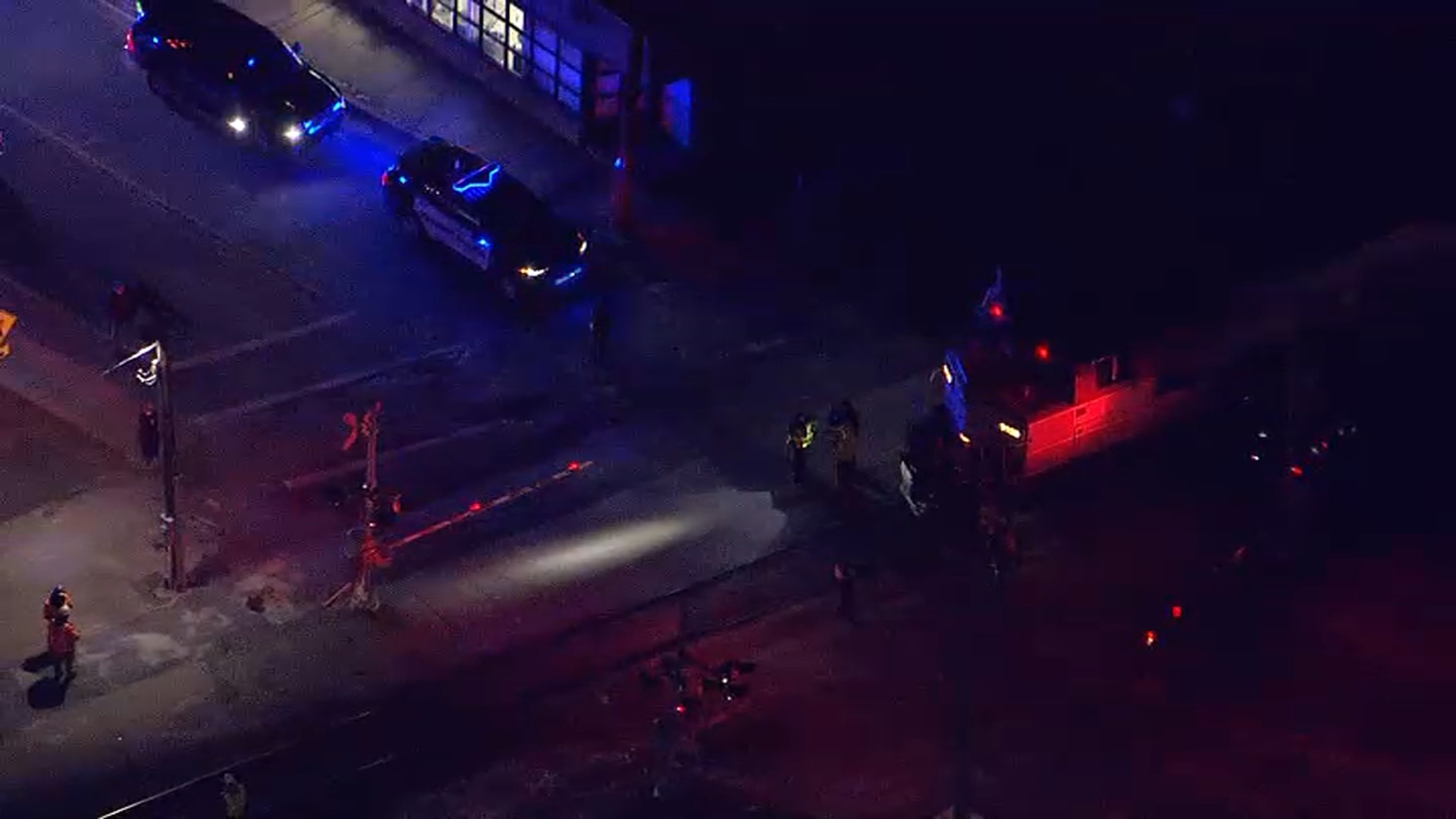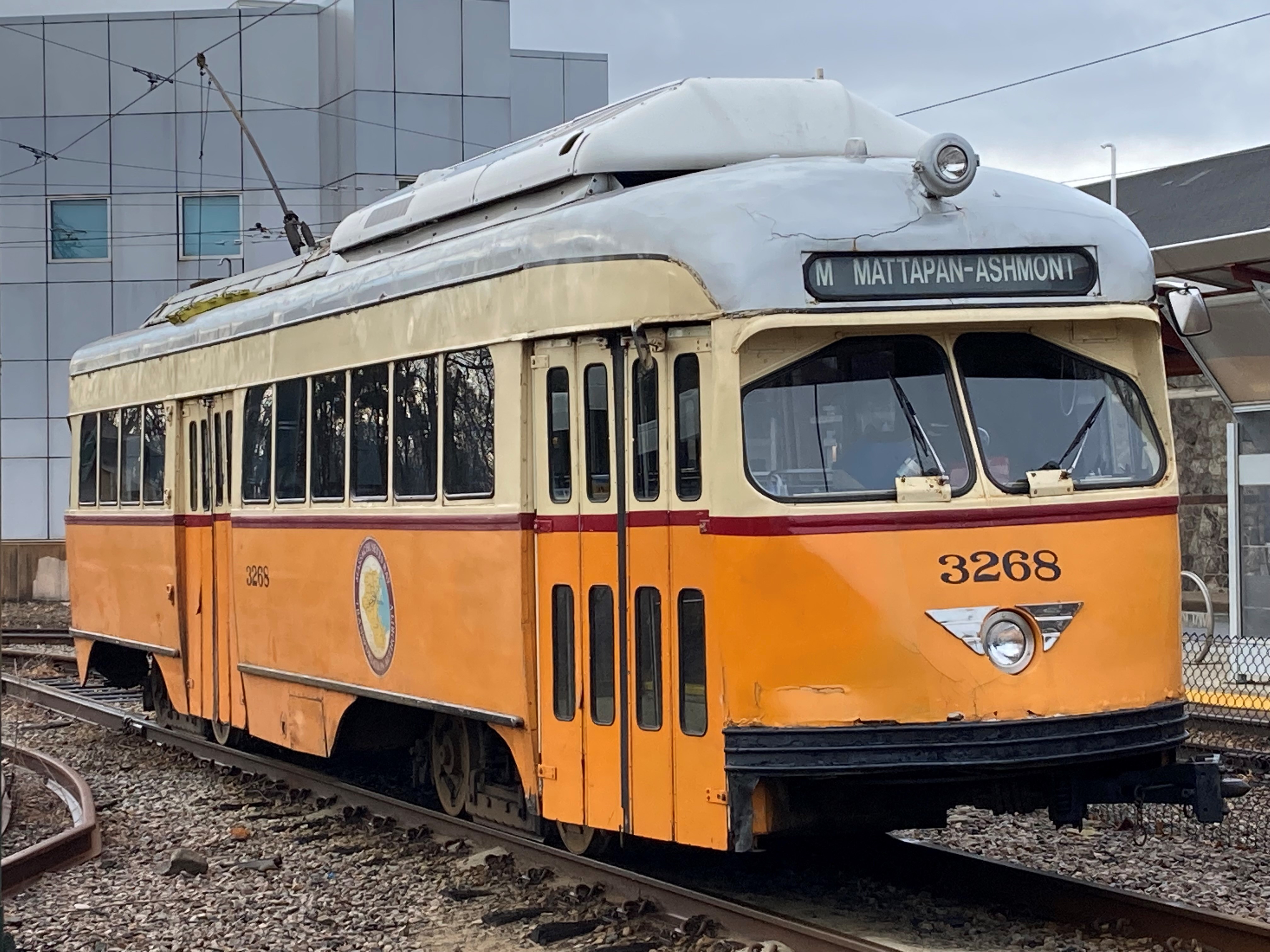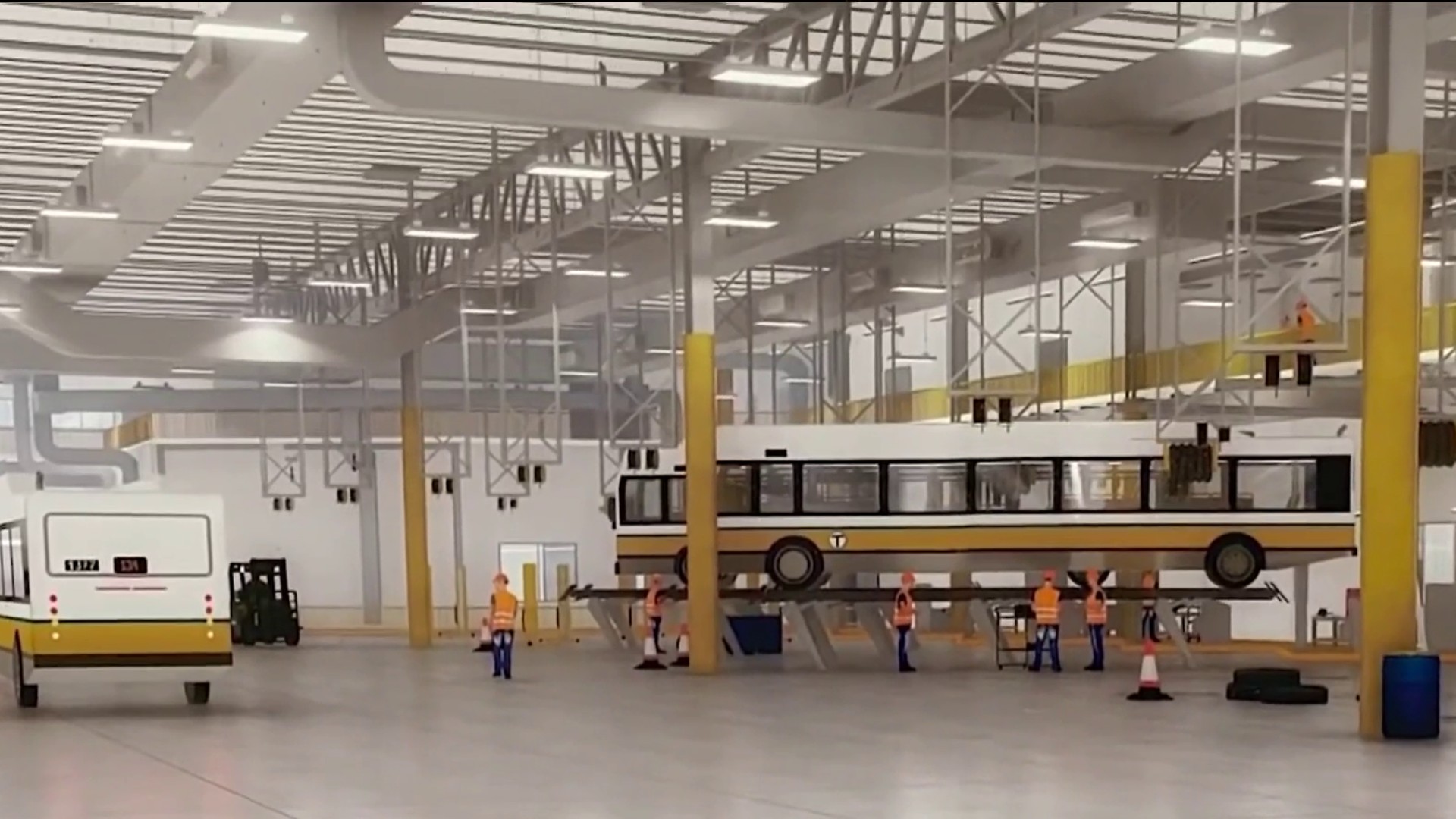The MBTA is further responding to safety concerns at a commuter rail crossing in Wilmington, Mass. after a deadly train crash at the location last month.
Roberta Sausville, 68, of Wilmington, died on January 21 when her vehicle was struck by a commuter rail train on Middlesex Avenue near the North Wilmington station. The MBTA had said that in that case, human error led to an issue where the crossing arms did not come down in a timely manner when a train approached the crossing.
According to the MBTA, a signal maintainer from Keolis, the company hired by the MBTA to operate the commuter rail, was doing work on the railroad crossing's safety system an hour before the accident and did not return it to normal operating mode.
Get Boston local news, weather forecasts, lifestyle and entertainment stories to your inbox. Sign up for NBC Boston’s newsletters.
After the crash the town's Board of Selectmen expressed dissatisfaction with the way the MBTA has handled the response to the crash and other reported safety concerns in their area. The MBTA has said that the safety equipment has been functioning properly.
On Tuesday the MBTA and Keolis announced that they have tested the equipment multiple times and will focus on the "human element" of the testing process. Keolis said they have retrained signal maintainers, and are also instituting new steps in their protocols to ensure safety, including:
- After the testing is completed, the Commuter Rail dispatchers must request, and receive, affirmation from the signal maintainer that the protection system is enabled.
- Following the step mentioned previously, the signal maintainer must remain on-site until the next train passes to ensure the crossing’s protection system is fully operational and, if necessary, be prepared to manually control the protection system if the system does not perform as expected.
- New signage will be installed on the inside of each signal bungalow door to serve as a visual reminder to Keolis personnel to ensure that the crossing equipment has been fully and properly returned to service
"I’d like to assure the community that the protection system at the Middlesex Avenue railroad crossing is safe and fully operational,” said MBTA General Manager Steve Poftak. “On top of our regular maintenance, inspection, and testing procedures, additional rules and instructions for Commuter Rail personnel have been introduced to provide another layer of safety-related enhancements."
More on the MBTA
"Tonight, the MBTA has responded publicly by outlining the several steps that have been undertaken. In the wake of the tragic loss of life that occurred, we welcome the implementation of these important steps to prevent any similar accidents from occurring in the future," Senate Minority Leader Bruce Tarr, R-Gloucester; Rep. David Robertson, D-Tewksbury; and Rep. Kenneth Gordon, D-Bedford, said in a statement. "Our efforts to support public safety and the proper functioning of commuter rail operations will continue and we encourage the MBTA and Keolis to continue to explore and act on every possible avenue to make the system more immune to human error. We intend to continue that discussion with transit leaders and town officials. We need to do everything in our power to prevent such a tragedy from occurring again."
Keolis has said it is working with the Federal Railroad Administration and the MBTA on the investigation into the fatal crash. The involved employee was placed on leave, and a final report has not yet been completed.




